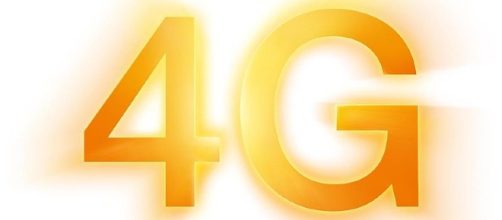If you thought the U.S had better internet Access and Speeds, then you are wrong. A report released early this month by OpenSignal, a company that specializes in wireless coverage mapping. The London-based company collects its data from its OpenSignal mobile application that has been downloaded by cell phone users. The company has been collecting network coverage and signal data since 2010. The application has more than 10 million downloads on Google play store. The app allows users to compare the internet network performance of different carriers; users can also check which carrier has the best 2G, 3G, or 4G coverage in their location.
The app also allows you to check 2G, 3G, and 4G network coverage in any region around the world.
I love @opensignal's new Meteor speed test app! Super-informative. https://t.co/iLpe3yNjG9
— Tim O'Reilly (@timoreilly) March 2, 2017
Countries whose network coverage of 4G is high
OpenSignal collected more than 19 million pieces of data from more than half a million devices between January 1st and March the 31st this year. The report shows that 96 percent of South Koreans have access to 4G, 93 percent of Japanese can access 4G, in Norway, 86 percent of people there can access 4G while the United States comes fourth where 86 percent of its residents can easily access 4G. Canada is number 17 with regards to access to the network where 81 percent of people in Canada can access the 4G while Mexico is ranked 31st where 69 percent of its population can access 4G networks.
Countries that recorded high 4G network speeds
4G speeds were calculated by finding out average download speeds experienced by users. The country with the highest 4G downloading speeds is Singapore at 45 Mbps, South Korea at 43 Mbps, Hungary at 42 Mbps while the United States was ranked 60th with 15 Mbps average download speeds.
Canadians and Mexicans enjoyed better downloading speeds than Americans, Canada was position 13 worldwide with speeds of 30 Mbps while Mexico was position 40, recording download speeds of 22 Mbps.
According to the report, almost all countries in Africa do not have 4G network coverages as well as few regions in Asian countries such as China and Mongolia.
The report also found out that global average download speeds on the 2G network were 0.1 Mbps, global average speeds on 3G networks were 4.4 Mbps, 4G downloads speeds averaged 16.2 Mbps while average download speeds on Wifi networks was 8.8 Mbps.
5G in the United States
5G has higher internet speed capacity than the current 4G; it helps reduce battery consumption when one is surfing, supports a faster transfer of data and supports the internet of things much better that 4G. On September 2015, Verizon announced that it would begin testing 5G in the year 2016. Early this year, the company announced it would roll out testing of 5G to 11 locations countrywide in July this year. T-Mobile on the other hand recently announced that it will roll out 5G in the year 2019 and will target a full national coverage by 2020.
5G is expected to provide speeds to U.S customers that are ten times faster than 4G.
Ready, set...#5G! We’re testing next-generation wireless technology w/ @Verizon at the 2017 #Indy500! Learn more: https://t.co/h0BtokfkOx pic.twitter.com/tgRZmfXEPO
— Ericsson (@ericsson) May 22, 2017


